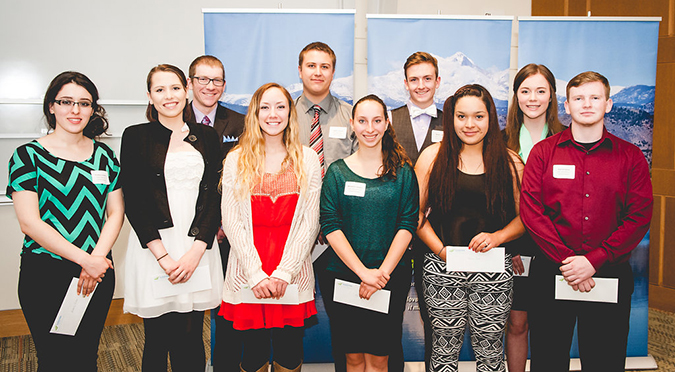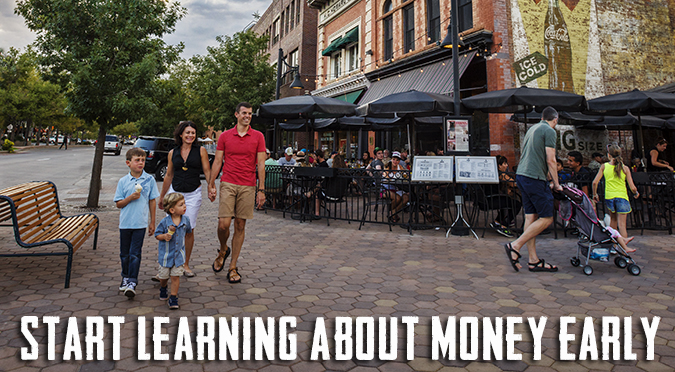Much has changed in Boulder over the past 150 years, but the “back to school” experience has always been a tradition. At Elevations Credit Union, we’re proud to partner with the Museum of Boulder. Here, the Museum shares a look back at the history of schools around Boulder.
Boulder’s first school, the Pioneer School, was established in a log cabin in 1860 by Abner Roe Brown, a former schoolteacher and miner. When this venue quickly became too crowded, a new school was built at 15th and Walnut Streets. Boulder settlers contributed glass from their picture frames to build the schoolhouse’s windows, and the mothers of the town held a “Gold Dust Dance” to raise a salary for schoolmaster Brown.
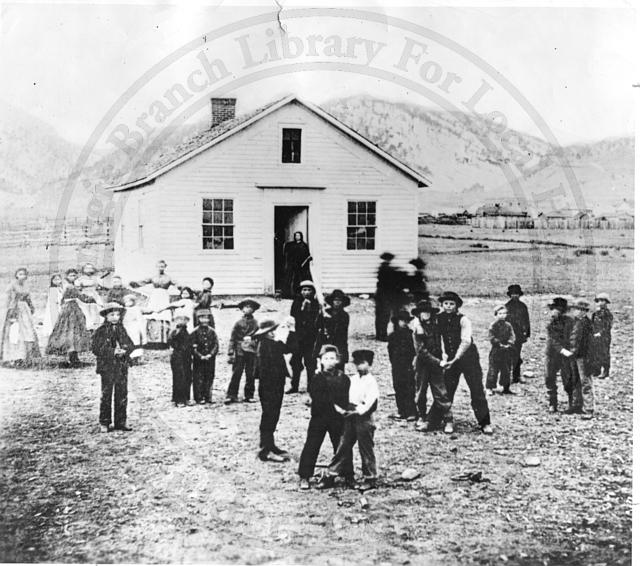
With its ever-increasing population, Boulder’s students quickly outgrew the Pioneer School as well. In 1872, the wood-framed schoolhouse was razed and a new building, named Central School, was built at the same location. In 1876, Assistant Principal Mary L. Thomas divided the students of Central School into individual grades based on their age. While today this is considered standard practice, it was a radical innovation at the time.
Despite the addition of an annex, there was still not enough room to accommodate all the students now residing in the city, so in 1882, the Pine Street School was opened at 20th and Pine Streets. In 1903, the students renamed the school “Whittier” after the poet John Greenleaf Whittier, who kept a correspondence with the students. Today, Whittier is the oldest continuously-operating school in Boulder County.
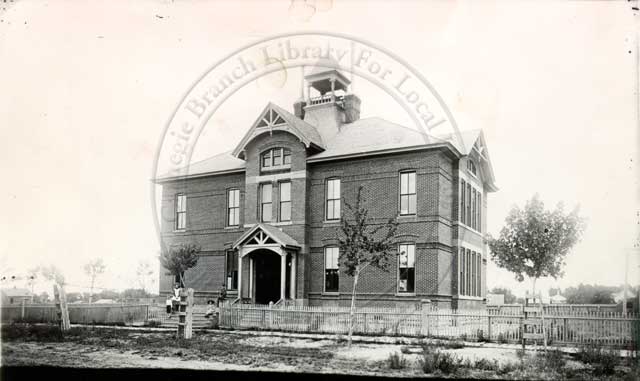
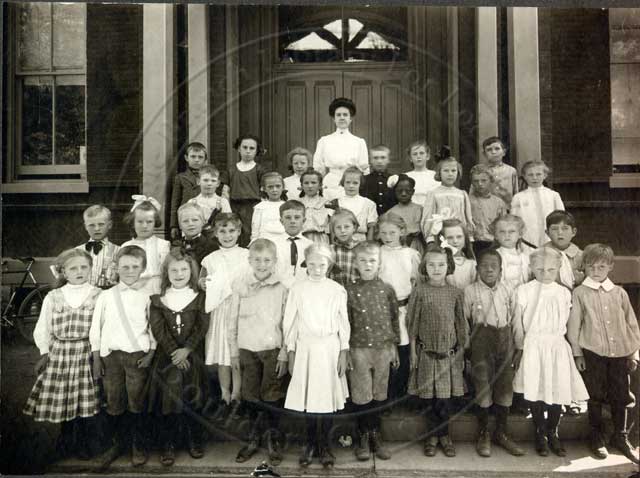
Additional schools soon followed to meet the needs of a town that now had a University, which admitted only those with the required preparatory work. Mapleton School was constructed in 1889 on a portion of Fred Squire’s pastureland on Mapleton Avenue. At 9th Street and Arapahoe Avenue, Highland School opened in 1891 and served dual purposes, as the Highland Hose Company gathered in the school after hours, using the bell of a nearby brewery as their fire alarm!
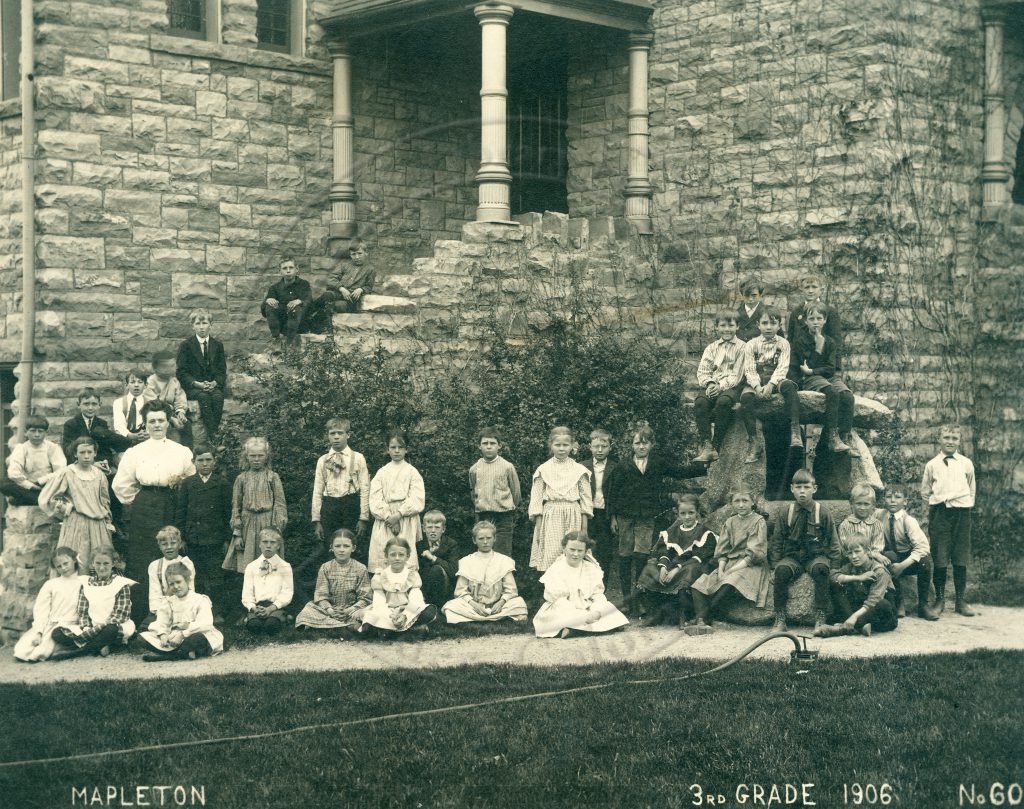
The first private school to open in Boulder was Mount St. Gertrude Academy. Like many people who came to Boulder in the nineteenth century, Sister Mary Theodore O’Connor suffered from tuberculosis, and her struggle with this disease inspired her to open a holistic school for children. The Academy was built on a site that in 1892 was in the southwestern outskirts of Boulder. Around the turn of the century, concern for future overcrowding prompted the school board to purchase enough land to build two new schools. Local architect, Watson Vernon, was contracted to design both buildings and used the same plan for what became Lincoln School and Washington School. A new era in Boulder education began, as Vernon incorporated modern plumbing and electricity into the design. When they opened, the student to teacher class ratio was only 30:1, approximately half of the prior average. In 1937, Boulder High opened. It was constructed on the former site of the State Preparatory School at Arapahoe Avenue and 17th Street, and used funds from federal grants available as part of President Roosevelt’s New Deal.
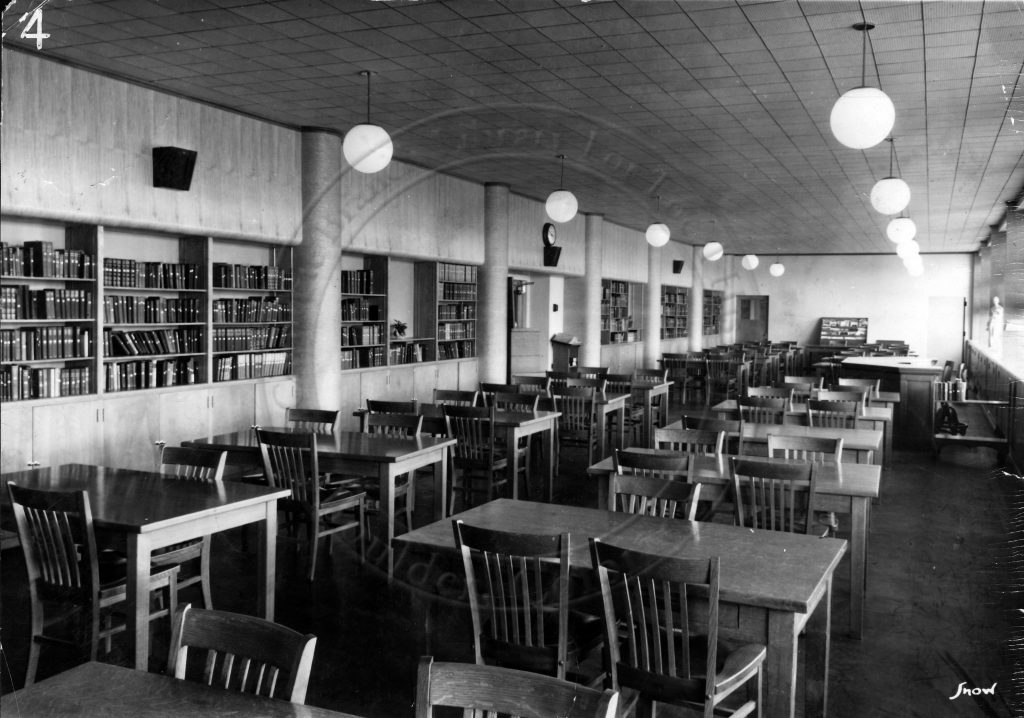
While several of Boulder’s original school buildings have been demolished, many remain in use with at least some part of the original structure, including Whittier, Mapleton, Casey and Boulder High. Some structures were converted for new purposes, e.g, Highland School is now mostly offices, Washington School has been converted to condominiums, and Lincoln School has been transformed into Naropa University’s main campus building.
This post was written by the Museum of Boulder, in partnership with Elevations Credit Union. For more information on the history of education and schools in the Boulder Valley, we encourage you to check out the museum’s extensive archives. All photos courtesy of the Carnegie Library for Local History / Museum of Boulder Collection.
